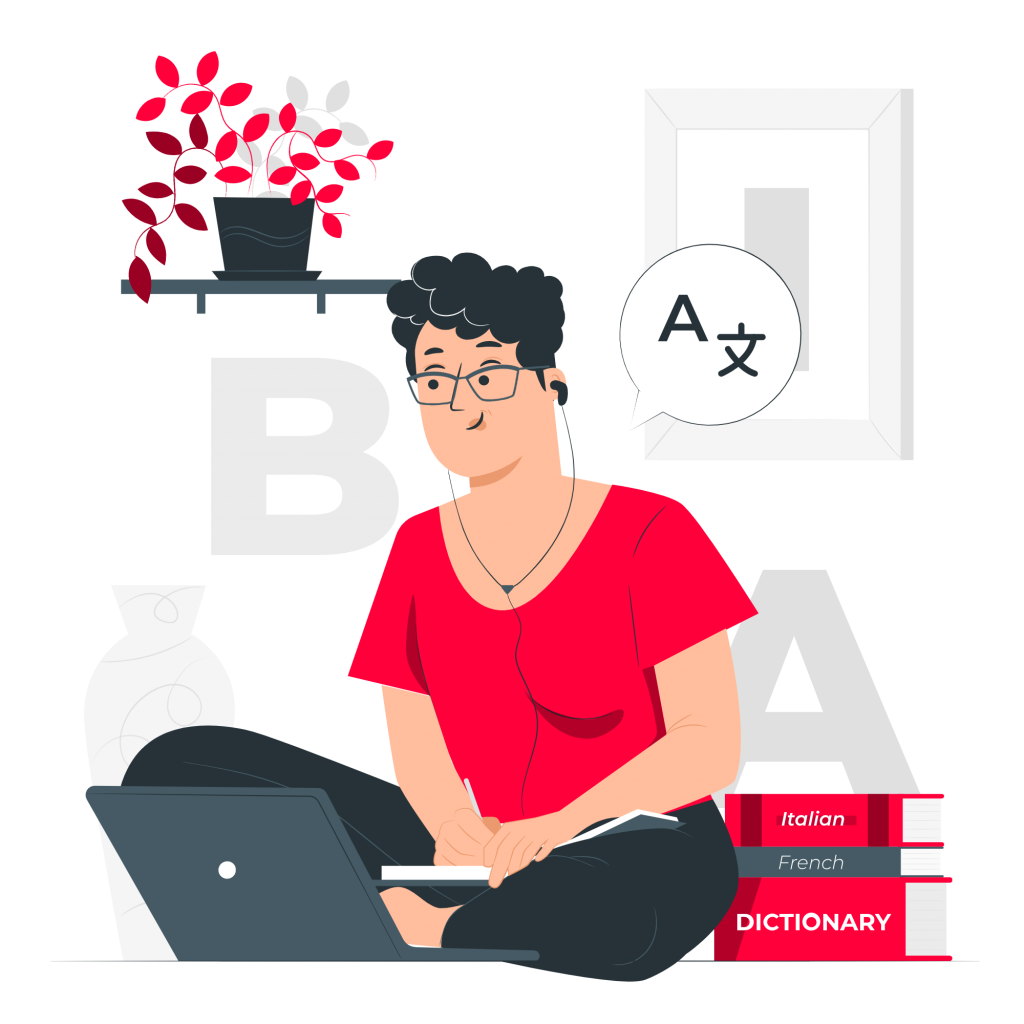How hard is Vietnamese? If you ask a Spanish, an American, or a German, they will tell you that it is almost impossible to learn. And if you ask a Vietnamese, they will probably tell you the same thing! Not being of European origin, Vietnamese is very different from the languages we are used to seeing and hearing. It is a tonal language, with many sounds that do not exist in our language and also uses some symbols that we do not know. But does this mean it’s hard? The truth is that, except for pronunciation, Vietnamese is a fairly simple language to learn. Here I tell you why. Stay reading Learn Vietnamese Using Text-To-Speech, we will tell you about Woord and some reasons why Vietnamese is not as difficult as it seems.
7 reasons why Vietnamese is easier than you think
1. Vietnamese does not have grammatical genders
Unlike English, Vietnamese does not categorize its words into masculine and feminine, which means you won’t have to relearn the genders of words. A common problem that Spanish or French speakers have when learning another language with genders is that they tend to be different from the ones we use. Fortunately, this is not something you need to worry about with Vietnamese.
2. Vietnamese does not use plurals
In Spanish or French, to form the plural we use the “s” or the “es” depending on the context, and this can be even more tedious in other languages such as English, which has quite frequent irregular plurals.
However, this is not something you need to worry about with Vietnamese. All words are always singular. For example, người can be used for both “person” or “people”, chó for “dog” and “dogs”, and bàn for “table” and “tables”. Therefore, to indicate quantities greater than one, you only have to use the number before the noun, and that’s it.
3. Vietnamese has no verb conjugations
Luckily, we learn the conjugations of Spanish and French without having to study, because they give more than one headache to those who want to learn our language when they grow up. Fortunately, this is not something we need to worry about if we want to learn Vietnamese. In this language, verbs never change, in any context.
4. You can learn tenses very quickly
As there are no verb conjugations, to indicate the verb tense you just have to add one of the following words before the verb:
- đã = for the past
- mới = for the recent past
- đang = right now, at this moment
- sắp = soon, in the near future
- sẽ = in the future
Although there are some other words that indicate the time of the prayer, these will be enough for 99% of the situations. And even if the tense is obvious from the context, you don’t even have to indicate it. So you could say tôi ăn cơm hom qua (Yesterday I ate rice) without adding the word for the past tense. It couldn’t be easier!
5. You don’t have to learn a new alphabet
Until 100 years ago, the few Vietnamese who knew how to read and write using a system called Chữ Nôm which is very similar to the current Chinese system. However, since the French invasion, the pictorial system was replaced by Latin, that is, the same alphabet that we use.
The only difference is that you will have to learn some stress marks (also known as diacritics), which are used to mark the intonation of words. Once you have learned this, you will be able to read Vietnamese without any problems.
6. Vietnamese has consistent spelling
Vietnamese spelling is the same in all contexts. That is, each letter has a sound and this does not change depending on the word, which is very different from other languages such as English.
This applies more than anything to the northern variety of Vietnamese, as the southern variety has some inconsistencies (although they are very few).
Therefore, once you know the 28 letters of Vietnamese and their five tones, you can read any word with the certainty of pronouncing it correctly.
7. Vietnamese vocabulary is governed by logic
In English, you have a different word for everything, but in Vietnamese, you can combine existing words to explain another concept. For example, you have the word máy which means “machine” and bay which means “flying”. If you combine the two, you have an airplane.
Check Woord And Learn Vietnamese Using Text-To-Speech
But first: What Is A Text Reader?
Text-To-Speech or TTS Converters are programs that automatically generate an artificial voice that reproduces the sound produced by a person speaking or reading any text out loud. They are systems that allow the conversion of texts into synthetic speech. Depending on the software we use, the audio quality will vary; we can get extremely realistic results, but there are also Saas of this kind that “talk” in a very robotic way. Therefore, it is important to choose the type of converter that best suits us. But, the truth is that there is a wide variety of TTS software today and choosing can be bothersome.
Woord is a free online TTS with a lot of helpful features. It’s available in more than 20 languages, including Vietnamese. You may convert your writing into professional speaking by using high-quality female, male or gender-neutral voices. It’s ideal for content creators since the quality of the pronunciation of this application is unique.

These features, as well as all of the languages, are available for free on the basic Woord plan; this way, you may check out the service before purchasing the premium version. The free version includes up to 20.000 characters every month, as well as professional voices, a chrome plugin, an SSML editor, and an MP3 download. Because the voices in this application are very realistic, you may adjust their speed and structure.
Here is an extra little help if you want to try it: How To Use Woord’s SSML Editor


